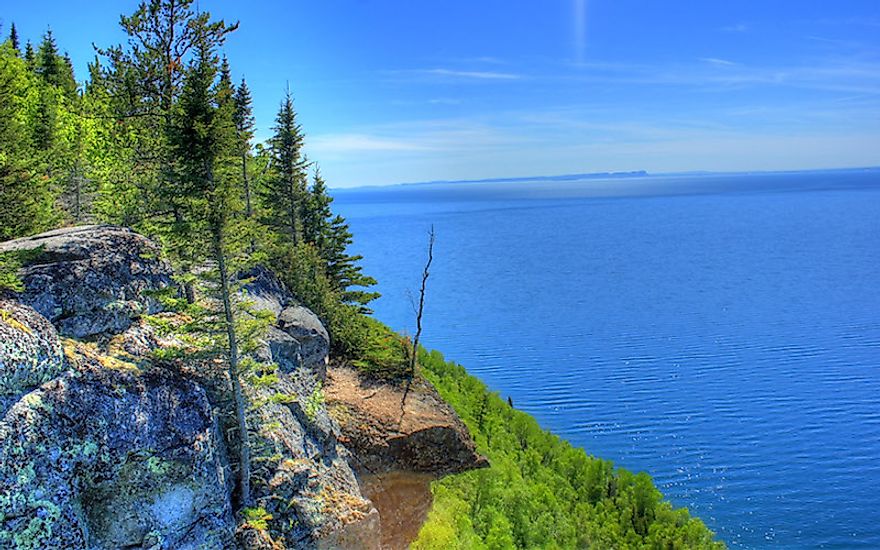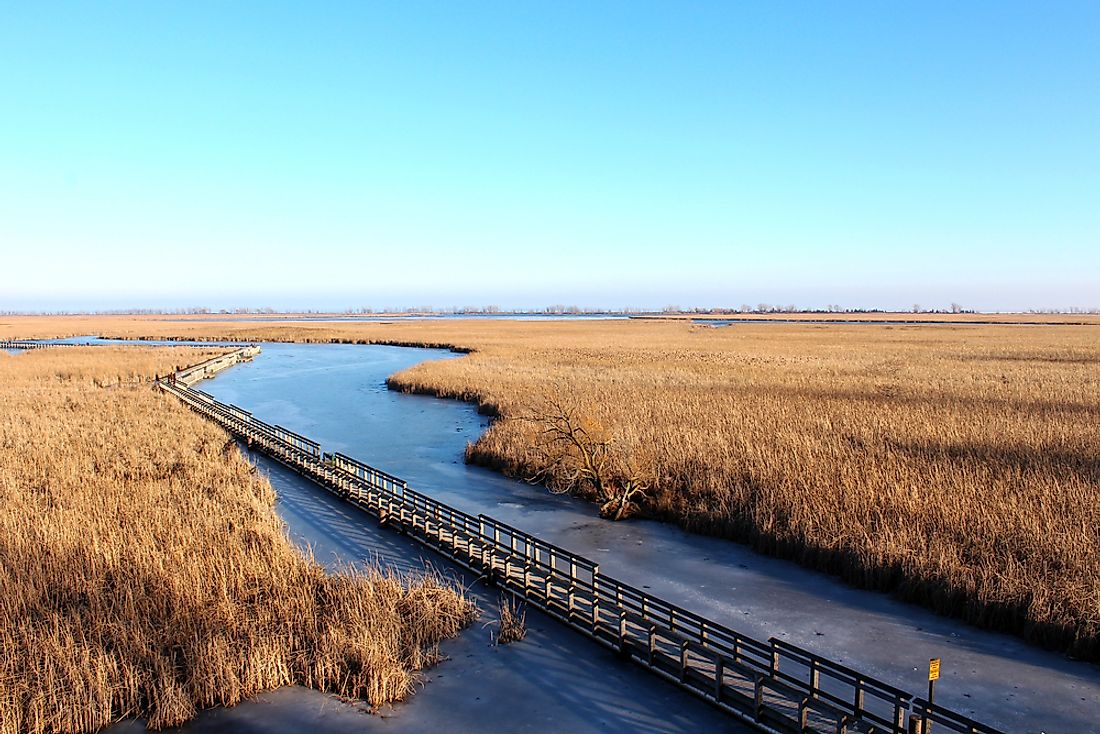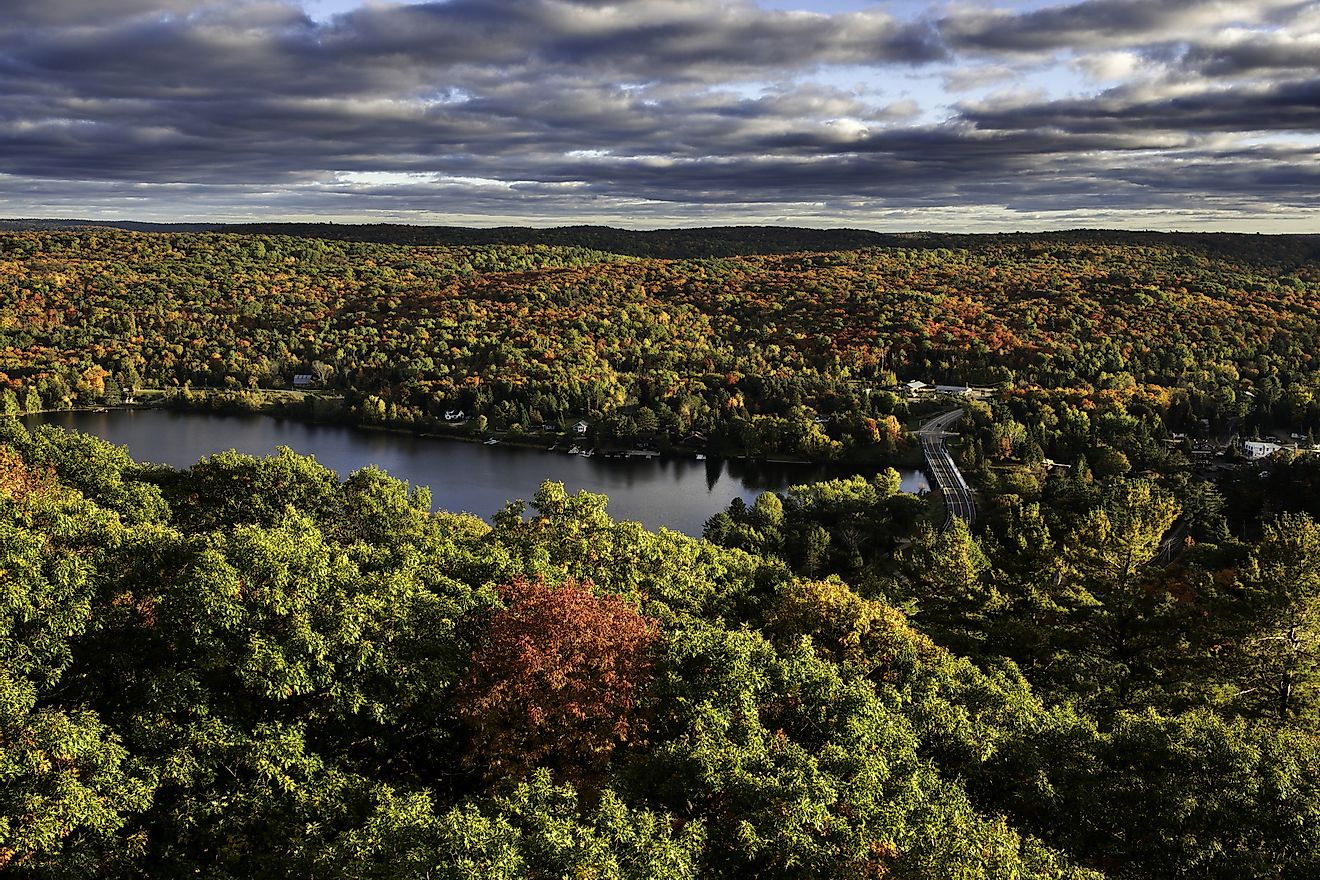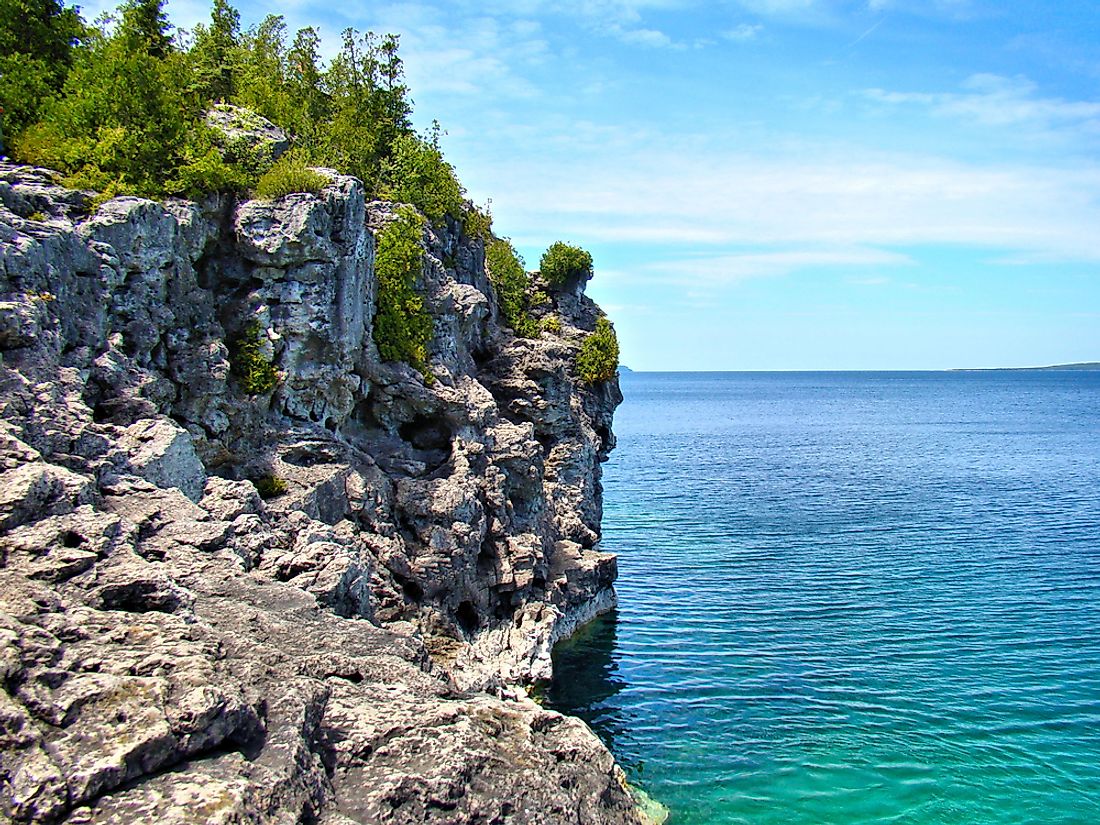The Seven Wonders of Ontario

The province of Ontario is the country’s most populous province, hosting about 40% of Canada’s population. It is also the second largest province by total area. It enjoys a thriving tourism industry as home to some of the country’s largest cities including the most populous city of Toronto and the nation’s capital city Ottawa. The province of Ontario is home to a large share of Canada’s galleries and museums.
7. Sleeping Giant

The Sleeping Giant Provincial Park is another of Ontario’s attractions. It is situated in Thunder Bay district in the province. It comprises of sills and mesas lying on the Sibley Peninsula. When a person stands on the north-northwestern to the western part of Thunder Bay, the region looks like a giant sleeping on its back, hence its name. The impressive cliffs are among the highest on Ontario reaching 820 feet. The ojibway legend identify the sleeping giant as Nanabijou who turned into a stone when the secret location of rich silver mine known as Silver Islet was disclosed to the Europeans.
6. Point Pelee

Point Pelee is a Peninsula in southwestern Ontario which was commissioned as a national park in 1918. The Peninsula is home to woodland and marsh habitats, and it extends to a sharp point into Lake Erie at Canada’s southernmost point. Archaeological evidence has suggested that the land had been occupied by Native Canadians 6,000 years before European settlement. The Europeans made treaties with the natives forcing them out of the area. The name given to the Peninsula is French for “bald point” due to the absence of trees on its eastern point. The Park is a major bird migration route for species such as the blackpoll warbler. Reptiles and amphibians have also been recorded in the park.
5. Algonquin Provincial Park

The Algonquin Provincial Park began operations in 1893 in Southern Ontario. It lies on an area of 2955 square miles between the Ottawa River and Georgian Bay. Several smaller parks protect significant rivers in the region. It is one of the most visited parks in Ontario due to its large size and its location near major urban centers. Algonquin is home to 2,400 lakes, and an area of 463 miles square is occupied by streams and rivers. These waterbodies include Lake Opeongo, Canoe Lake, and Nipissing River and they support activities such as fishing and canoeing. Deer, moose, wolf, bears, and lynx are spotted in the park. The park allows industrial logging, the only one in Ontario to do so.
4. Parliament Buildings

The Parliament buildings in the province are located in Ottawa on the rise above the Ottawa River. The buildings were completed in 1893, and different architectural styles were used including the Edwardian Neoclassical and Richardsonian Romanesque styles. A fire destroyed the building in 1916, and the Library was the only structure left standing. The central block houses Parliament together with its distinctive library and peace tower. The peace tower is over 295 f met high, and it offers an incredible view of the city. On the eastern and western ends of the central part lies the Senate and House of Commons respectively. The East and Western blocks hold public service offices. Some of Canada’s largest celebrations including July 1 are held there, complete with entertainment and firework shows. The buildings are architectural masterpieces characterized by arched ceilings, sculptures, marble floors, dramatic lighting, murals drawn on the walls, and carved gargoyles, reliefs, and grotesques.
3. Sudbury Nickel

The world’s largest coin is located in Ontario. Named the Sudbury Nickel, the structure represents a 1951 Canadian nickel. The nickel was built in 1964, and it is 30 feet high and nearly 29 feet wide, and it is mounted on a 13 feet rock cairn. The idea for the giant coin was proposed by Ted Szilva who thought it was a brilliant way to mark the Canadian Centennial as well as attracting tourists. The Sudbury Canada Centennial Committee rejected Szilva’s idea arguing that it lacked adequate use for the inhabitants of Sudbury. Not one to be deterred, Szilva scouted for the location, and the city refused to grant him a business permit. Eventually, the giant nickel was built outside the city’s limits with money raised from mail-order sales. Szilva’s selection of nickel to build the giant coin was symbolic. First, the 1951 Canadian nickel represented the 200th anniversary of nickel’s isolation as a metal. It depicted the source of Sudbury’s wealth and gave tribute to the people who worked in the Sudbury Basin’s mines. Stainless steel was used to build the nickel since it would live through the city’s harsh elements.
2. Bruce Peninsula

The Bruce Peninsula is situated between Georgian Bay and the major basin of Lake Huron in Ontario. It comprises part of the geological formation of the Niagara Escarpment. In medieval times, the Peninsula was home to the Saugeen Ojibway Nations. Europeans began developing the area in the mid 19th century after signing treaties with the native communities. The Peninsula, which had been characterized by lush forests, was heavily degraded by lumbering undertaken by the Europeans. In modern day, the region is protected by two national parks in addition to eight Ontario Parks. The Peninsula is home to large tracts of forests which provide habitat for wildlife such as black bears, fox, squirrel, snakes, bats, and chipmunks. Due to its location on a northern bird migration route, species such as the barred owl, black-throated blue warbler, red-shouldered hawk, and scarlet tanager have been sighted. The Peninsula also contains sites of geographical importance.
1. CN Tower

The CN Tower stands as one of the most iconic structures in Ontario as well as the whole of Canada. Construction of the 1,814.3-feet structure began in 1973 and was completed in 1976. At the time of its completion, it was the tallest free-standing structure as well as the tallest tower worldwide. The WZMH Architects firm designed the structure as a communications and observation tower. A broadcast antenna is situated on the top of the main concrete part of the tower which carries radio and TV signals. It is located in downtown Toronto, and it has become a landmark for the city. Over two million people visit the tower annually, and it has three visitor areas. At 1,122 feet is the glass floor and outdoor observation terrace, and at 1,135 feet is the indoor lookout level while the skypod is located at 1,465 feet. The tower attracts tourists and visitors particularly the revolving 350 Restaurant. At night, the CN Tower illuminates downtown Toronto with top to bottom lights.







